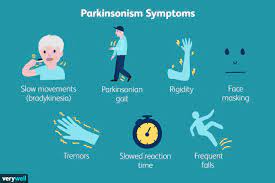In the past decade, the United States has seen a rise in the number of adults with severe obesity, according to a recent research letter published in the Journal of the American Medical Association on Feb. 13. The study highlights an increasing trend in obesity-related measures, particularly among middle-aged adults and women.
The research, conducted by Samuel D. Emmerich, D.V.M., and colleagues from the National Center for Health Statistics in Hyattsville, Maryland, analyzed data from 41,449 participants in the National Health and Nutrition Examination Survey spanning from 2013 to 2014 through August 2021 to August 2023.
Key Findings:
- Among children under 24 months old, high weight-for-length prevalence remained steady at 8.1%.
- Obesity among children and adolescents increased annually by an average of 0.44 percentage points, reaching a prevalence of 21.1%.
- While overall adult obesity rates remained stable, the prevalence of obesity among adults aged 40 to 59 years increased to 40.3%.
- Severe obesity in adults rose annually by 0.23 percentage points, reaching 9.4%.
- The prevalence of high waist circumference in adults stood at 57.6% from August 2021 to August 2023.
Implications of the Findings
The findings suggest that while overall obesity rates have remained relatively stable, the increase in severe obesity poses significant health risks, including diabetes, cardiovascular disease, and other metabolic disorders. The rise in severe obesity among middle-aged adults and women highlights the need for targeted public health interventions, lifestyle modifications, and increased awareness of obesity-related complications.
The authors of the study note that while the increase in childhood and adolescent obesity was modest, the continued upward trend in severe obesity among adults is a growing concern for public health policymakers and healthcare providers alike.
Looking Forward
Health experts emphasize the importance of preventive measures, including improved nutrition education, increased access to healthy foods, and encouraging physical activity. Policymakers may need to implement strategies to curb the trend and reduce long-term healthcare costs associated with obesity-related conditions.
Disclaimer: This article is based on a research letter published in JAMA and is intended for informational purposes only. It does not constitute medical advice. Readers are encouraged to consult healthcare professionals for personalized guidance on weight management and overall health.
More Information: Samuel D. Emmerich et al, Trends in Obesity-Related Measures Among US Children, Adolescents, and Adults, JAMA (2025). DOI: 10.1001/jama.2024.27676











